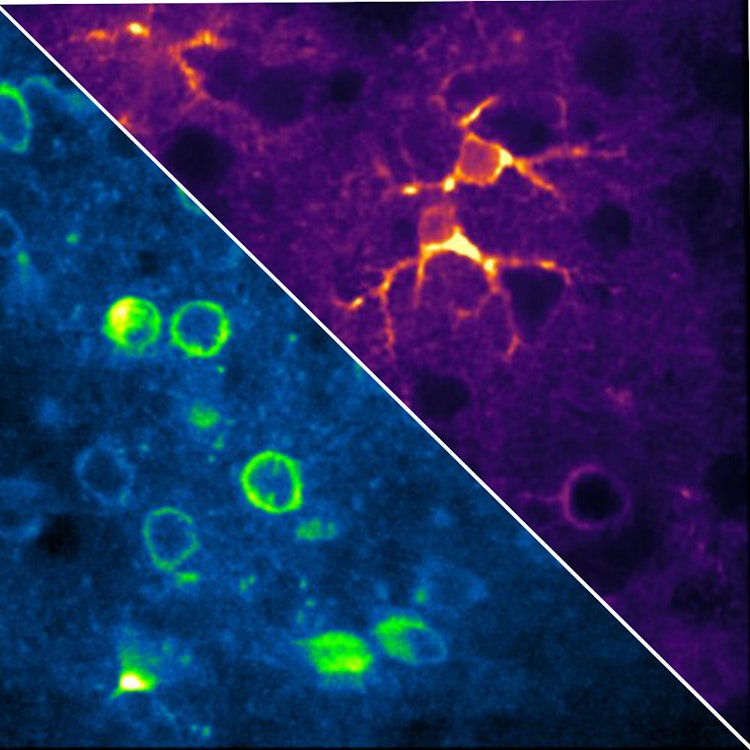
Channel-Mediated Lactate Release by K+-Stimulated Astrocytes
a puzzling phenomenon termed aerobic glycolysis. In addition to its role as an energy substrate, recent studies have shown that lactate modulates neuronal excitability acting through various targets, includingNMDAreceptors and G-protein-coupled receptors specific for lactate, but little is known about the cellular and molecular mechanisms responsible for the increase in interstitial lactate. Using a panel of genetically encoded fluorescence nanosensors for energy metabolites, we show here that mouse astrocytes in culture, in cortical slices, and in vivo maintain a steady-state reservoir of lactate. The reservoir was released to the extracellular space immediately after exposure of astrocytes to a physiological rise in extracellular K or cell depolarization. Cell-attached patch-clamp analysis of cultured astrocytes revealed a 37 pS lactate-permeable ion channel activated by cell depolarization. The channel was modulated by lactate itself, resulting in a positive feedback loop for lactate release. A rapid fall in intracellular lactate levels was also observed in cortical astrocytes of anesthetized mice in response to local field stimulation. The existence of an astrocytic lactate reservoir and its quick mobilization via an ion channel in response to a neuronal cue provides fresh support to lactate roles in neuronal fueling and in gliotransmission.
Download
sotelohitschfeld_2015.pdfResearchers


